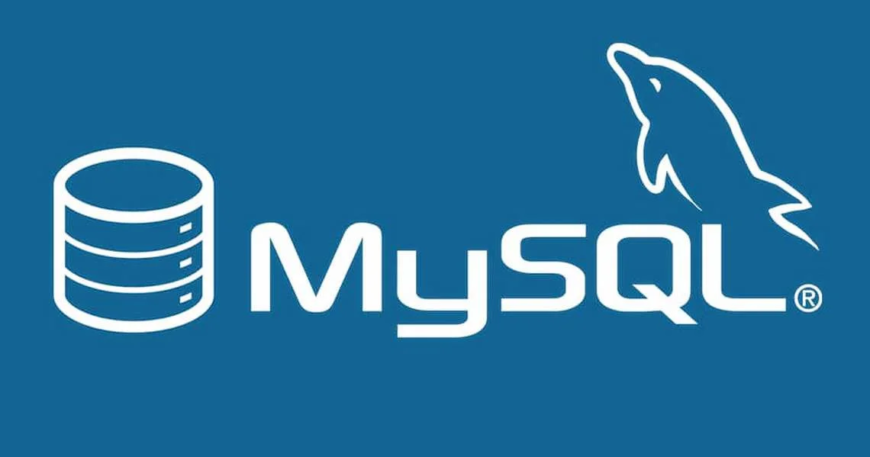属性和接口
底层是基于数组+链表实现的,无序,且键和值都不允许为 null,Hashtable 是线程安全的(基于 synchronized 实现)

1
2
3
4
5
6
7
8
9
10
11
12
13
14
15
16
17
18
19
20
21
22
23
24
25
26
27
28
| public class Hashtable<K,V> extends Dictionary<K,V>
implements Map<K,V>, Cloneable, java.io.Serializable {
private transient Entry<?,?>[] table;
private transient int count;
private int threshold;
private float loadFactor;
private transient int modCount = 0;
private static class Entry<K,V> implements Map.Entry<K,V> {
final int hash;
final K key;
V value;
Entry<K,V> next;
protected Entry(int hash, K key, V value, Entry<K,V> next) {
this.hash = hash;
this.key = key;
this.value = value;
this.next = next;
}
}
}
|
构造方法
1
2
3
4
5
6
7
8
9
10
11
12
13
14
15
16
17
18
19
20
21
22
23
24
25
26
| public Hashtable() {
this(11, 0.75f);
}
public Hashtable(int initialCapacity) {
this(initialCapacity, 0.75f);
}
public Hashtable(int initialCapacity, float loadFactor) {
if (initialCapacity < 0)
throw new IllegalArgumentException("Illegal Capacity: "+ initialCapacity);
if (loadFactor <= 0 || Float.isNaN(loadFactor))
throw new IllegalArgumentException("Illegal Load: "+loadFactor);
if (initialCapacity==0)
initialCapacity = 1;
this.loadFactor = loadFactor;
table = new Entry<?,?>[initialCapacity];
threshold = (int)Math.min(initialCapacity * loadFactor, MAX_ARRAY_SIZE + 1);
}
|
插入
1
2
3
4
5
6
7
8
9
10
11
12
13
14
15
16
17
18
19
20
21
22
23
24
25
26
27
28
29
30
31
32
33
34
35
36
37
38
39
40
41
42
43
44
45
46
47
48
49
50
51
52
53
54
55
56
57
58
59
60
61
| public synchronized V put(K key, V value) {
if (value == null) {
throw new NullPointerException();
}
Entry<?,?> tab[] = table;
int hash = key.hashCode();
int index = (hash & 0x7FFFFFFF) % tab.length;
@SuppressWarnings("unchecked")
Entry<K,V> entry = (Entry<K,V>)tab[index];
for(; entry != null ; entry = entry.next) {
if ((entry.hash == hash) && entry.key.equals(key)) {
V old = entry.value;
entry.value = value;
return old;
}
}
addEntry(hash, key, value, index);
return null;
}
private void addEntry(int hash, K key, V value, int index) {
modCount++;
Entry<?,?> tab[] = table;
if (count >= threshold) {
rehash();
tab = table;
hash = key.hashCode();
index = (hash & 0x7FFFFFFF) % tab.length;
}
@SuppressWarnings("unchecked")
Entry<K,V> e = (Entry<K,V>) tab[index];
tab[index] = new Entry<>(hash, key, value, e);
count++;
}
|
- 判断 value 是否为 null,不为空则执行下面的操作
- 计算键的哈希值,通过哈希值获取在哈希桶数组的下标
- 将 table 数组 index 位置的值转换为 Entry 类型的数据
- 如果 index 位置的键值对 entry 不为空,则遍历链表,找到键相同的 Entry 键值对进行替换;
- 如果没有,则调用 addEntry 进行添加,要先判断是否需要扩容(如果哈希桶数组中 Entry 键值对的数量大于扩容阈值 threshold,则调用 rehash()进行扩容)
为什么 HashTable 不能存 null 键和 null 值?
- 当 value 值为 null 时主动抛出空指针异常
- 因为 key 值会进行哈希计算,如果为 null 的话,无法调用该方法,还是会抛出空指针异常
删除
1
2
3
4
5
6
7
8
9
10
11
12
13
14
15
16
17
18
19
20
21
22
23
24
| public synchronized V remove(Object key) {
Entry<?,?> tab[] = table;
int hash = key.hashCode();
int index = (hash & 0x7FFFFFFF) % tab.length;
@SuppressWarnings("unchecked")
Entry<K,V> e = (Entry<K,V>)tab[index];
for(Entry<K,V> prev = null ; e != null ; prev = e, e = e.next) {
if ((e.hash == hash) && e.key.equals(key)) {
modCount++;
if (prev != null) {
prev.next = e.next;
} else {
tab[index] = e.next;
}
count--;
V oldValue = e.value;
e.value = null;
return oldValue;
}
}
return null;
}
|
查找
1
2
3
4
5
6
7
8
9
10
11
| public synchronized V get(Object key) {
Entry<?,?> tab[] = table;
int hash = key.hashCode();
int index = (hash & 0x7FFFFFFF) % tab.length;
for (Entry<?,?> e = tab[index] ; e != null ; e = e.next) {
if ((e.hash == hash) && e.key.equals(key)) {
return (V)e.value;
}
}
return null;
}
|
扩容方法
扩容公式:(当前哈希桶数组的容量*2)+1
1
2
3
4
5
6
7
8
9
10
11
12
13
14
15
16
17
18
19
20
21
22
23
24
25
26
27
28
29
30
31
32
33
34
35
| protected void rehash() {
int oldCapacity = table.length;
Entry<?,?>[] oldMap = table;
int newCapacity = (oldCapacity << 1) + 1;
if (newCapacity - MAX_ARRAY_SIZE > 0) {
if (oldCapacity == MAX_ARRAY_SIZE)
return;
newCapacity = MAX_ARRAY_SIZE;
}
Entry<?,?>[] newMap = new Entry<?,?>[newCapacity];
modCount++;
threshold = (int)Math.min(newCapacity * loadFactor, MAX_ARRAY_SIZE + 1);
table = newMap;
for (int i = oldCapacity ; i-- > 0 ;) {
for (Entry<K,V> old = (Entry<K,V>)oldMap[i] ; old != null ; ) {
Entry<K,V> e = old;
old = old.next;
int index = (e.hash & 0x7FFFFFFF) % newCapacity;
e.next = (Entry<K,V>)newMap[index];
newMap[index] = e;
}
}
}
|


